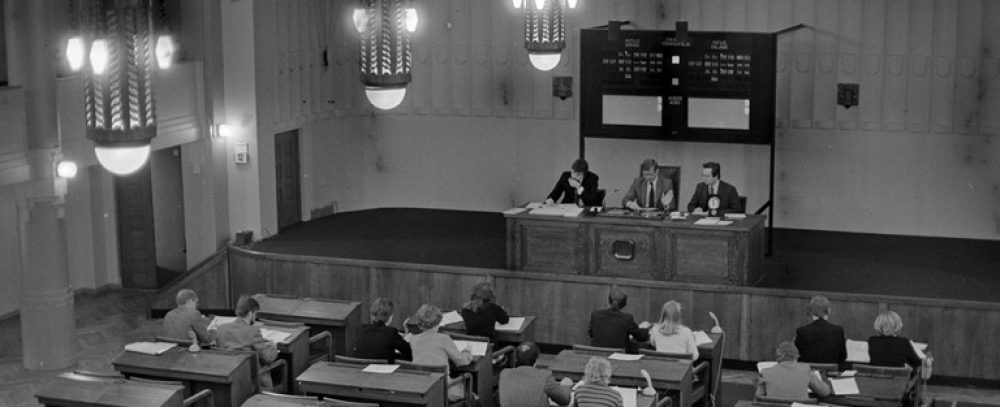Master’s thesis (link)
AUTHOR Lauri Turtiainen
SUPERVISOR Robin Gustafsson
ABSTRACT Since the inception of the industry, stock exchanges were typically organized as mutual associations or co-operatives. The predominance of the organizational form was a result of the prevailing institutional, economic and technological conditions during the establishment of most stock exchanges and despite subsequent environmental changes these organizational forms persisted. At the turn of the millennia, most stock exchanges assumed demutualized structures. There is a consensus in existing research that this transformation was mainly driven by globalization and advancements in information technologies. Knowing the antecedents however does not provide explanation how demutualization unfolds and what sensitizes an organization to this change. This thesis addresses these gaps in existing literature. This thesis studies the process through which Helsinki Stock Exchange was demutualized in 1995. Since the beginning of 1980s changes in the operating environment of the Exchange gradually increased the pressure to demutualize. This pressure was a result of the limitations of a co-operative which became apparent as the existing structures were not suitable for the new situation. The pressure accumulated on three levels, which I call “pressure tracks”. These include increasing competition between stock exchanges, lack of financing and the potential to realize the value in stock exchange ownership. Firstly, a co-operative organization cannot perform well under competition. Increasing competition between stock exchanges forced exchanges to pursue ways to improve their competitiveness. However, diverging interests between members, slow decision making and lack of resources made this very difficult. Secondly, a co-operative has limited alternatives to finance investments. The computerization of the stock exchange industry forced heavy investments which were primarily financed through debt. This deteriorated the financial position of exchanges increasing the risk of financial distress. Finally, besides from the face value, there is no value in the participation share of a co-operative as it typically does not yield return in the form of dividend or increase in value. Increasing revenues and the potential to make profit increased the opportunity cost of not realizing the value of the business by converting the participation share into stock, causing pressure to demutualize. While the pressure increased gradually over the two decades, the organizational inertia resisted change until the pressure was symmetrically distributed within the Exchange. This means that the pressure to change had reached all interest groups within the Exchange. Drawing from my findings I make the following propositions. (1) The limitations of a co-operative organizational form become apparent under competition, need for financing, and value realization potential; (2) a co-operative organization becomes sensitive to change when the pressure to change is symmetrical and above a certain threshold level that is determined by organizational inertia; and (3) a co-operative organization is more susceptible to the influence of a single incident that symmetrically increases the pressure to change, than to the influence of an incident that asymmetrically increases the pressure.
KEYWORDS organizational change, demutualization, stock exchanges

